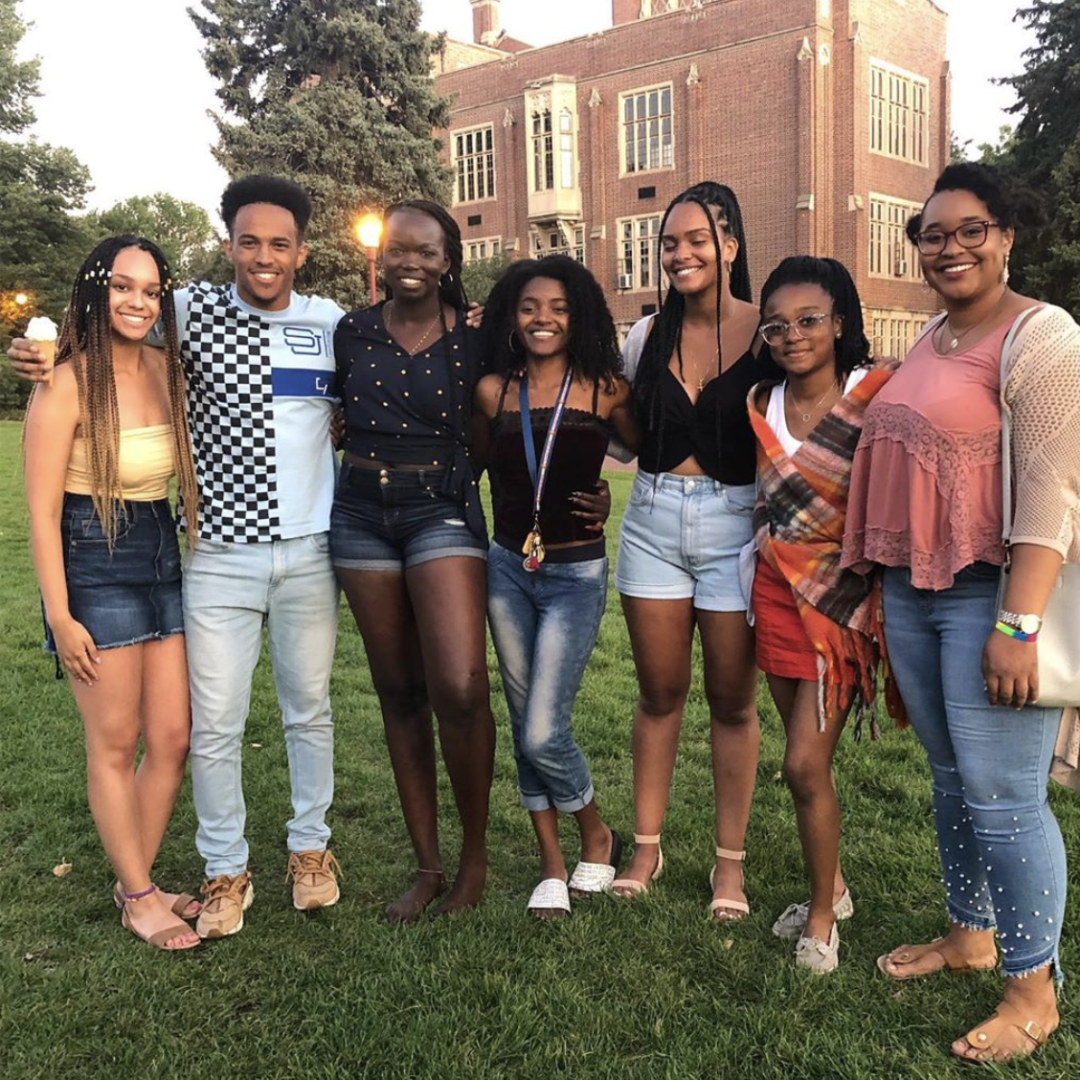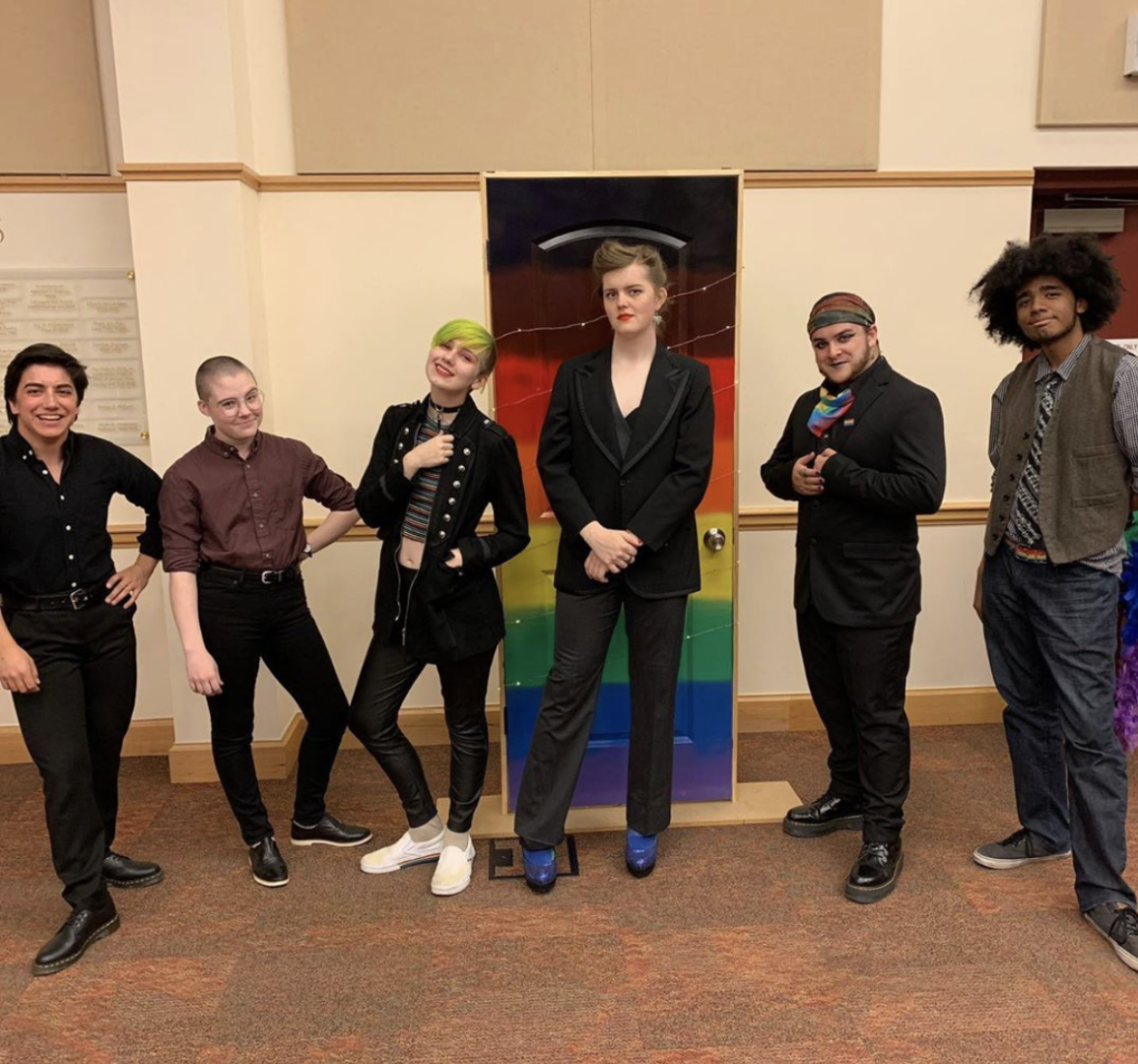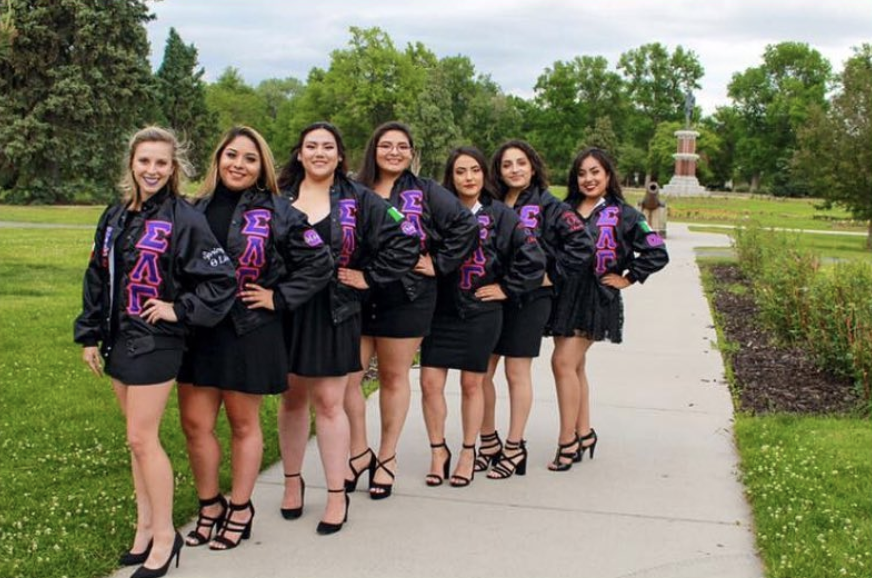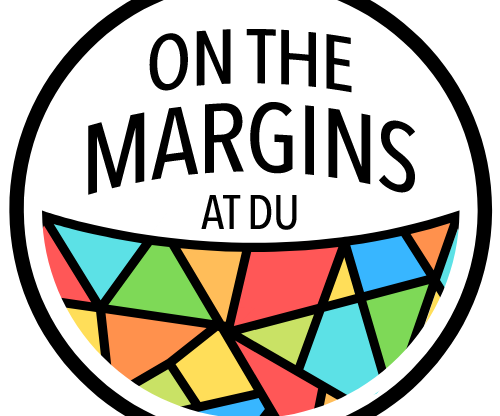This week, The Clarion concludes its “On The Margins at DU” column—a project which has investigated the successes and failures of inclusive excellence at DU—by reflecting on the broad themes that emerged.
Over the course of the last two quarters, The Clarion has sat down with 15 different affinity groups or multicultural organizations to discuss diversity on campus and what DU proudly calls “inclusive excellence” actually looks like. These are our biggest take-aways, but we implore you to read each individual interview. It will provide a much deeper insight into the specific goals and interests of each organization.
Is DU inclusive? Affinity groups often answered in one word: No (PIA) (ASU) (DC). Some said DU tries to be inclusive (BSA) but falls short (SASA) (BLSA). In some cases, members felt that DU had entirely forgotten the existence of their community (DAPi).
Students see DU as too slow to respond to their demands and create change, while simultaneously being too quick to deflect criticism and point at what they are doing as ‘good enough’ (QSA) (DC). These student activists and leaders gave numerous examples of DU’s lack of inclusivity: lack of proper funding for multicultural organizations and events, the reality of microaggressions from staff and students, tokenization of folks of color, lack of representation in faculty and staff and the continued use of the ‘Pioneer’ moniker.
In every single interview, affinity organizations or multicultural organizations could easily provide substantial evidence of ways DU had not been inclusive. Affinity groups members stated that this lack of inclusivity is not just the fault of administration and faculty, but students too. White students are often ambivalent towards DU’s marginalization of students of color.

Abdul Ayad, this past year’s external chair of the Diversity Committee, said, “When the majority of this school is white and they don’t care about this issue, the administration doesn’t [care] either.”
White students have power on campus because of their overwhelming numbers. When they do not act, change is especially slow.
Devanae Allen, Vice President of Black Student Alliance (BSA), affirmed Ayad’s sentiment, saying: “Inclusive excellence would be pushed more if white students cared.”
Members felt that when inclusivity is present on campus, it is often because of the labor of marginalized students. In a few cases, it is the result of the individual efforts of a faculty member (MGC). But it is largely students who have been marginalized that teach their peers about marginalization and how to combat it. Affinity groups act as educators on campus, responsible for filling in the gaps that professors leave. This is especially true when marginalization is insidious and less apparent, as it is for indigenous students (PIA).
Students also provide inclusion by fostering welcoming environments. Affinity groups create a sense of safety and family for students who might not otherwise find it on campus.
Cass Davis, the secretary of Queer Student Alliance (QSA) described QSA’s role as “to educate and advocate for the rights of queer people, but to also [create] a sense of community and a safe space for people to gather and be themselves wholeheartedly without being worried about ‘Will I be attacked for this? Will I be insulted?’”
Nearly every other organization echoed these ideas, saying that being part of an affinity organization was like being part of a “family” (SASA). To summarize their sentiments, though it is good that marginalized students are providing education and positive environments when there are none, they are paying for the same experience as privileged, white students. They are paying to be educated themselves, not to educate. The fact that students are relied upon to provide cornerstones of inclusivity, instead of the school doing it properly, is further evidence of DU’s lack of inclusivity.

DU as a whole is not living up to its claim of being inclusive and excellent, so affinity organizations offered ideas for how to make campus more welcoming. Many of these have been demanded for years, and a must they cited was cultural sensitivity training in first year curriculums.
Ayad said, “For marginalized students coming in, the first quarter is tough. A lot of racist microaggressions happen in that time period… we need a mandatory course or workshop that educates these students on diversity and inclusion.” Many student organization reiterated this, saying that sensitivity training is important and letting ignorance and racism perpetuate is harmful to marginalized students.
Many members said they wanted to see a more diverse student body on campus. However, they were quick to clarify that though they did want more recruitment, they wanted it to be more authentic. In the past, DU has created a false sense of diversity on campus, misleading students.
Jessie Jennett, a senior in Theta Nu Xi (MGC), said, “When I came to DU, I expected it to be [diverse]. But when you show up, you realize those [promotional] flyers are carefully put together. This university has a lot of work to do, considering the demographics that attend this school.”
Students of color are taken advantage of and used as props and tools by the school. For DU to be more inclusive, they must ethically recruit people.
Pualani Tupper, President of Pacific Islander Alliance (PIA), said, “A way that DU could responsibly recruit would simply be by stating, ‘We [DU] are trying to build up this community, we want to bring diversity to this campus, so we want you to come here.’”

Not only is the student body overwhelming white, but so is the faculty body. There is not enough faculty of color. Tupper said, “I have definitely had a difficult time connecting with faculty because of cultural differences, and I have therefore missed out on connections that could be imperative for my future career. Seeing someone successful that looks like me, acts like me or understands me is so important. If DU wants to tout diversity and inclusive excellence, then this should be one of their top priorities.” Nearly all the affinity groups echoed this sentiment and said that having more faculty of color is a must.
If the school truly cares about inclusive excellence, ‘Pioneer’ has to go. Almost all affinity organizations said that ‘Pioneer’ is offensive to folks of color, especially indigenous students. It celebrates settler colonialism and the plunder and attempted genocide of indigenous folks in the present day U.S.
Hridith Sudev, president of South Asian Student Alliance, said, “Native American students at DU should not have to hear the names of their oppressors being chanted at a hockey game… If I heard a name for British colonizers chanted at a hockey game, as an Indian whose ancestors were enslaved and murdered by them, I would be appalled and distraught and I would have my trauma triggered.”
Celebrating the white settlers who killed the ancestors of current students and stole their land is not inclusive and should no longer be practiced.
When asked how students with privilege can support marginalized folks on campus, students often said that educating oneself on the issues was supportive. That may mean coming to meetings or consuming information by POC, queer or disabled creators (QSA). They implored white students to not be ambivalent and care about inclusion and their fellow students.
What would mean the most to them? Just show up to meetings! Organization leaders emphasized how welcoming and eager they were to see more people at meetings (QSA) (SASA) (ASU) (PIA) (Hillel).

Inclusivity and excellence is not being practiced at DU. When and where it exists, it is often not because of the school’s efforts but those of individual faculty members and marginalized students. Both administrators and students, especially those white and privileged, have a lot of power to create substantive change. By listening to marginalized students, they can work towards achieving inclusive excellence.
The Clarion sincerely thanks all of the organizations that spoke with us for shedding a light on these critical and underrepresented topics. You trusted us with your stories, and we hope that we told them in a way you felt heard and listened to.
Continue to talk about these issues. During times like these, where #BlackLivesMatter protests have erupted in major cities across the country, it becomes self-evident that this is not a problem that solely exists at DU. The systems we exist in are profoundly broken. If we hope to honor those who lost their lives and save our own, they must remedied. To learn about ways that you can support the #BLM movement, click here.
Through this column, we hoped to shed light on the range of identities and experiences that exist on campus, create a space where their voices can be heard and highlight their contentious relationship with DU. We hoped to represent them with as much journalistic integrity as possible, but we are aware that there are stories we may have failed to communicate with the same voice. We always aspire to do better than student organizations and institutions, including The Clarion, have done in the past at treating these topics with the thought and consideration they deserve.
If there is feedback you would like to give regarding this column, please reach out to duclarioneditorialteam@gmail.com.











